1. Unexplained Strandings of ‘Doomsday Fish’
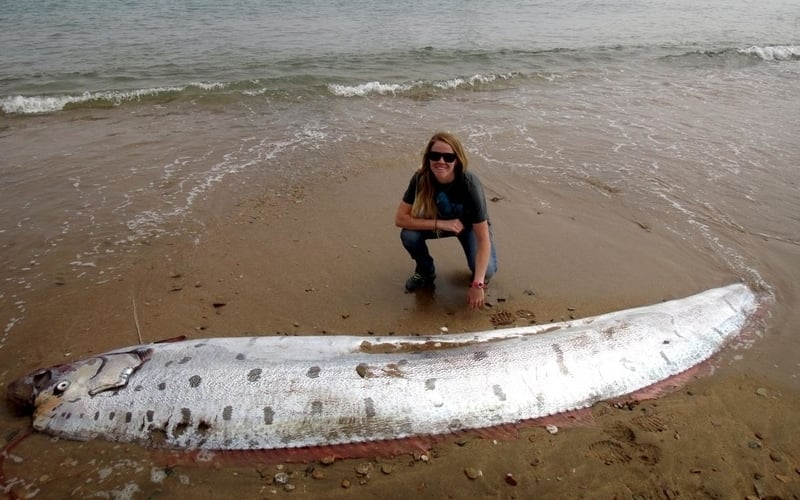
FMT
The sudden washing ashore of deep-sea fish, often called “doomsday fish,” has left scientists perplexed. These rare fish, typically dwelling in much deeper waters, are hardly seen on shorelines, so their appearance raises major questions about marine ecosystems. Experts are now considering a variety of factors such as shifting ocean temperatures and migration patterns, as well as environmental changes that could be causing disruptions in their natural habitats. This unusual phenomenon may be a signal that something is affecting the marine ecosystem, urging scientists to dig deeper into what’s behind these mysterious strandings.
2. The Role of Ocean Temperature Changes

Rawpixel
Rising ocean temperatures along the California coast are another possible culprit driving deep-sea fish into shallower waters. As the seas warm, species that are typically found in colder, deeper ocean regions may be forced to migrate towards shore in search of cooler environments. The trend of rising ocean temperatures is only exacerbating the situation, potentially making the shallow waters of the coastline an increasingly suitable environment for these displaced species. As these fish move closer to the shore, they become increasingly susceptible to getting stranded, offering another clue in the puzzle of the doomsday fish phenomenon.
3. Altered Ocean Currents
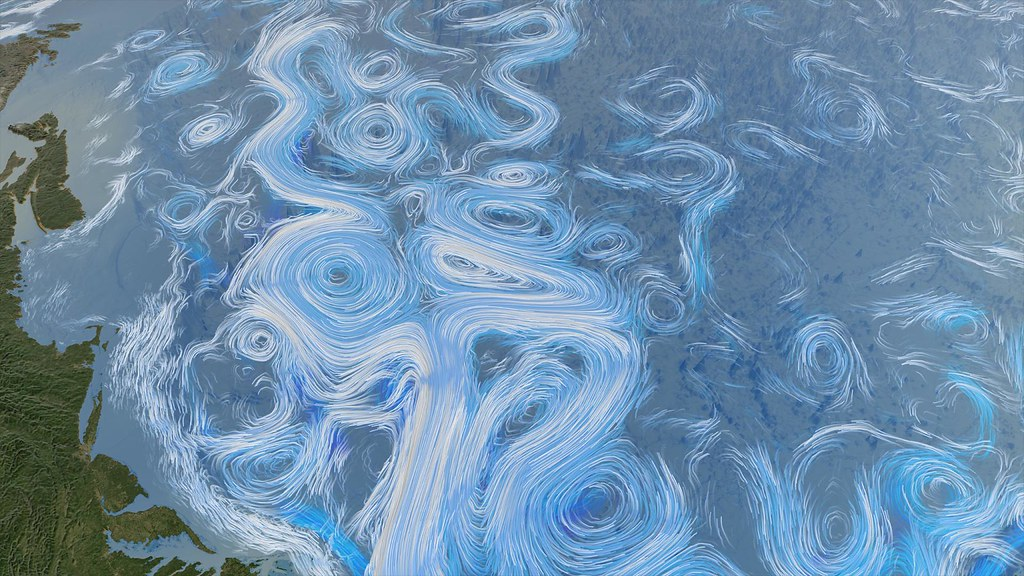
Flickr
Ocean currents are crucial for maintaining the movement and migration of marine life, but disruptions to these currents are becoming more common due to climate change. Shifting patterns of ocean circulation can lead to the displacement of fish populations that rely on specific water flows. When currents are altered, deep-sea fish might get pushed into areas where they’re not used to being, including the shallows, which increases the chances of them washing up on shore. The impact of these changes in ocean currents on marine ecosystems is profound and continues to grow as climate change accelerates, further complicating the mystery of the strandings.
4. Overfishing’s Impact on Deep-Sea Species
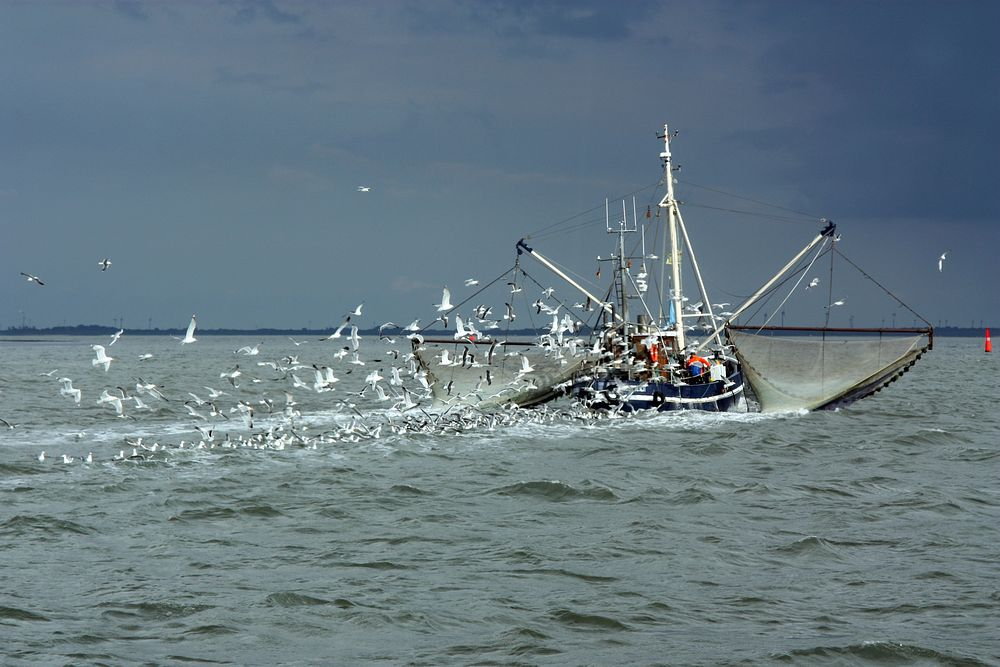
Rawpixel
Overfishing is a well-known issue that doesn’t just reduce fish populations; it also disrupts entire ecosystems. Overfishing of species that live in deeper, colder waters has the potential to disrupt the delicate balance of marine life. When larger fish and predators are overharvested, the balance between different marine species can shift. Deep-sea fish that rely on certain prey or environmental conditions may be forced to migrate toward unfamiliar, warmer areas in search of food, increasing the risk of strandings. The effects of overfishing are far-reaching and could be a key contributing factor to the phenomenon of deep-sea fish washing up along the California coastline.
5. Impact of Deep-Sea Mining
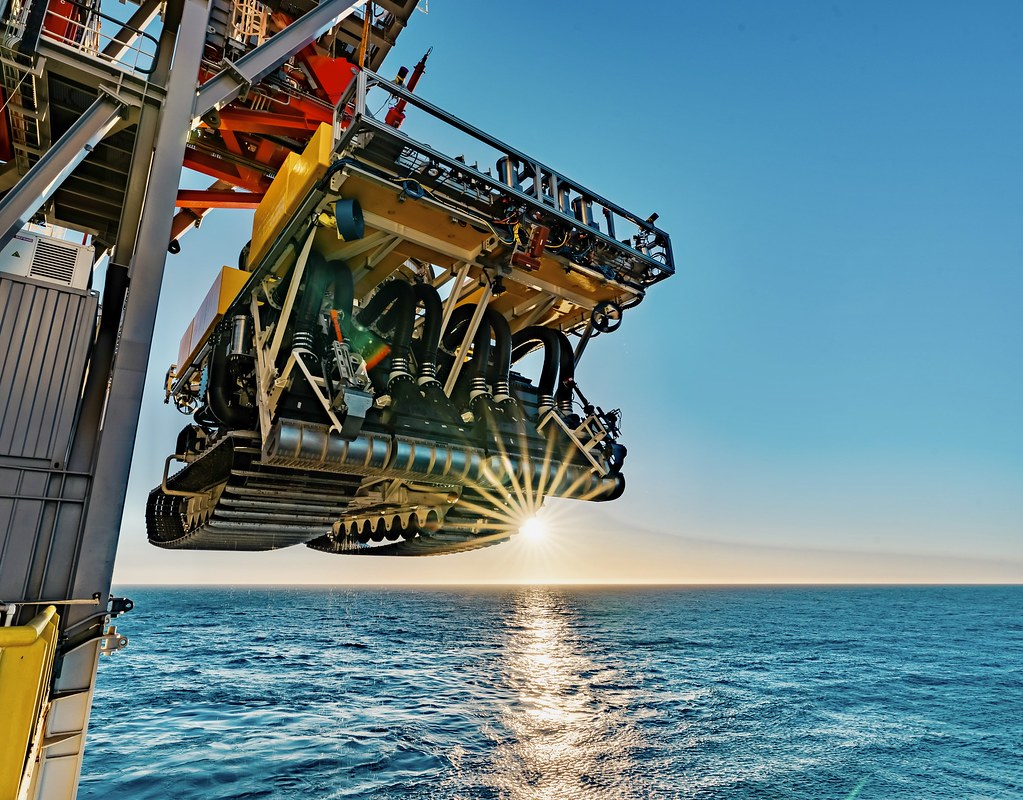
Flickr
Deep-sea mining is one of the least regulated environmental impacts, yet it’s growing in scale and causing significant disruptions to marine life. As mining operations expand to extract valuable resources from the ocean floor, they often cause the displacement of deep-sea species. The destruction of their natural habitats forces these creatures to venture into shallower waters, where they’re more likely to become stranded. Mining also creates noise pollution, which could further disorient marine life. The environmental cost of deep-sea mining is high, and it’s becoming evident that these practices are affecting marine ecosystems in profound ways, including increasing strandings of once-hidden deep-sea species.
6. The Effect of Underwater Noise Pollution
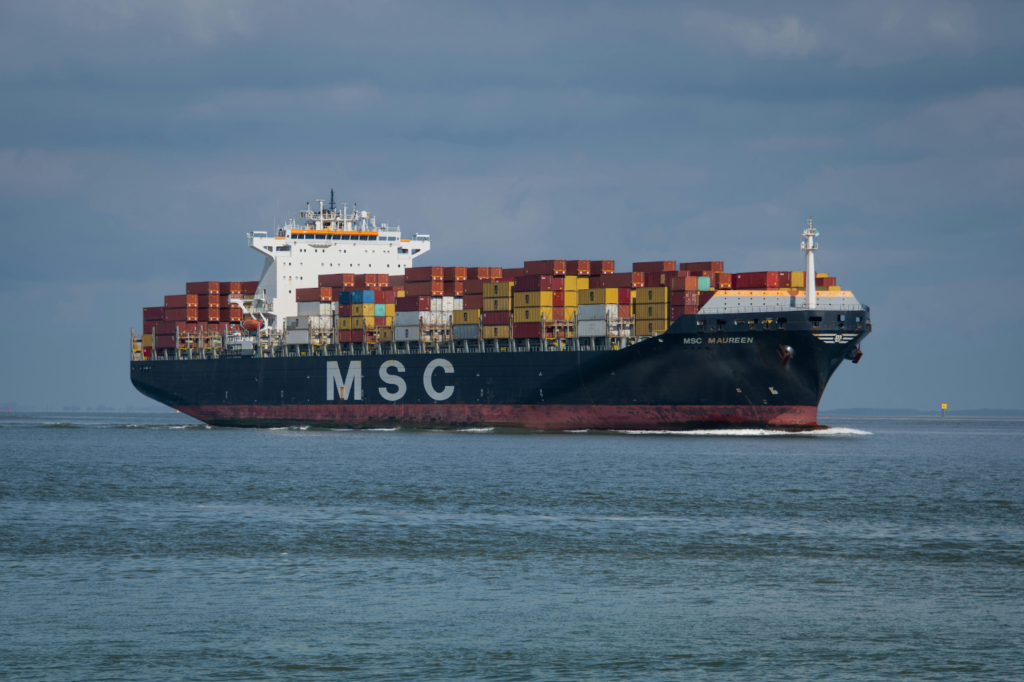
Pexels
The increasing levels of underwater noise pollution, caused by human activities like shipping, construction, and military exercises, have a profound effect on marine life. Many deep-sea fish rely on sound for navigation, communication, and locating prey, making them especially vulnerable to disturbances in their environment. Excessive noise can disrupt these vital behaviors, causing fish to lose their way and inadvertently swim toward shallower, unfamiliar waters. With the constant increase in underwater noise from human activities, these disturbances are likely contributing to the ongoing strandings of deep-sea fish, further complicating our understanding of marine ecosystem changes.
7. Toxic Algae Blooms
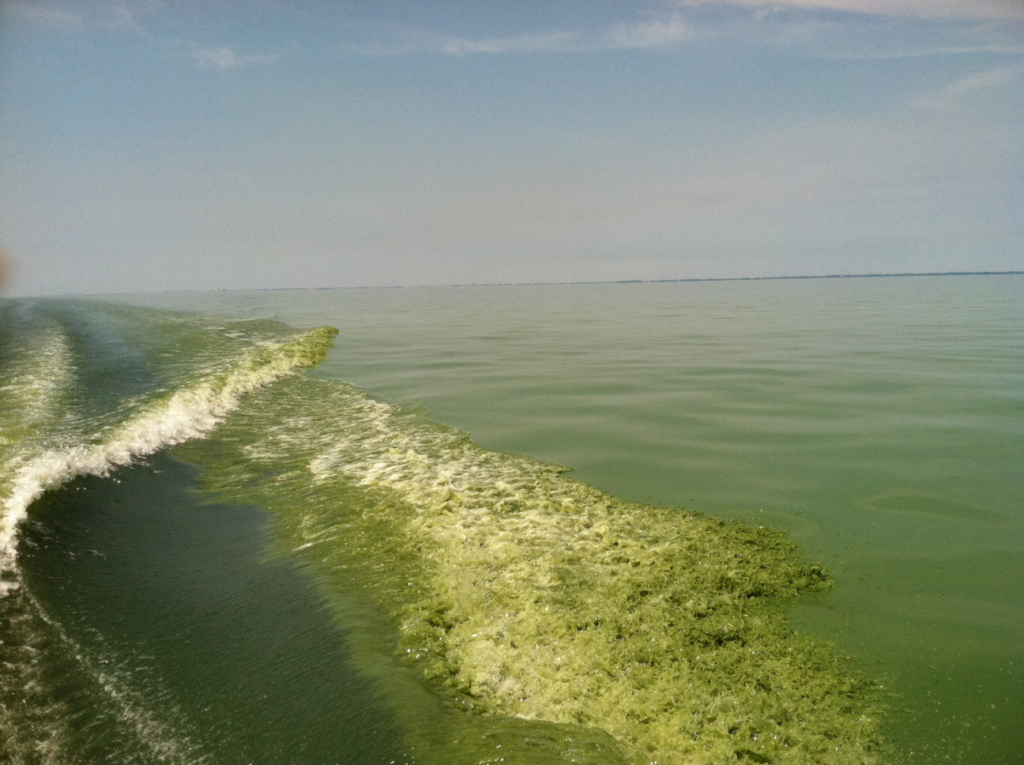
Wikimedia Commons
Toxic algae blooms, also known as red tides, are another potential contributor to the strandings of deep-sea fish. These blooms release harmful toxins into the water, which can disrupt the food chain and impact the behavior of marine creatures. Fish that ingest these toxins may become disoriented or sick, causing them to swim away from their natural habitats and into shallow waters. As ocean temperatures rise, the frequency of toxic algae blooms is increasing, exacerbating the environmental crisis and further complicating the situation for deep-sea fish. Understanding the link between these algae blooms and fish strandings is essential for future marine conservation efforts.
8. The Role of Sea Level Rise
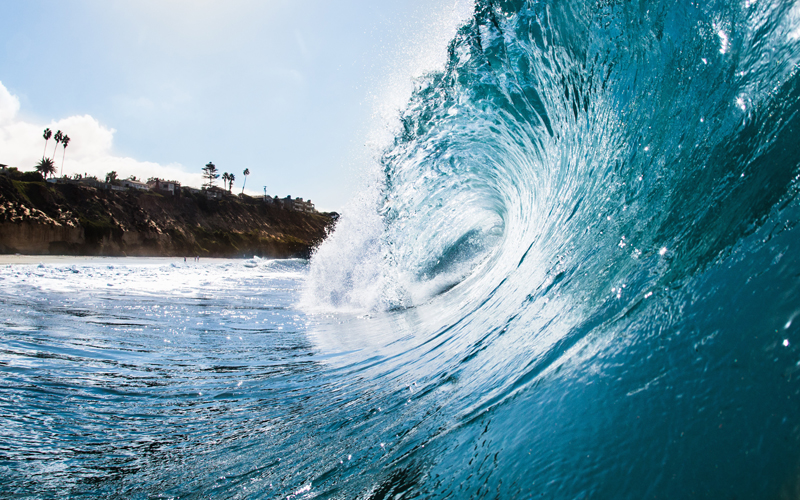
FMT
The steady rise in sea levels, driven by climate change, is transforming coastal ecosystems and pushing many marine species into shallower waters. As sea levels continue to rise, deep-sea fish are being displaced from their usual habitats, leading them into uncharted territory. These creatures, unfamiliar with the shallower regions, are more likely to become stranded as they encounter environmental conditions that they aren’t equipped to survive in. The effects of rising sea levels on marine life are profound, and the strandings of deep-sea fish along California’s coast are just one example of how climate change is altering marine ecosystems in unprecedented ways.
9. Lack of Deep-Sea Habitat Protection
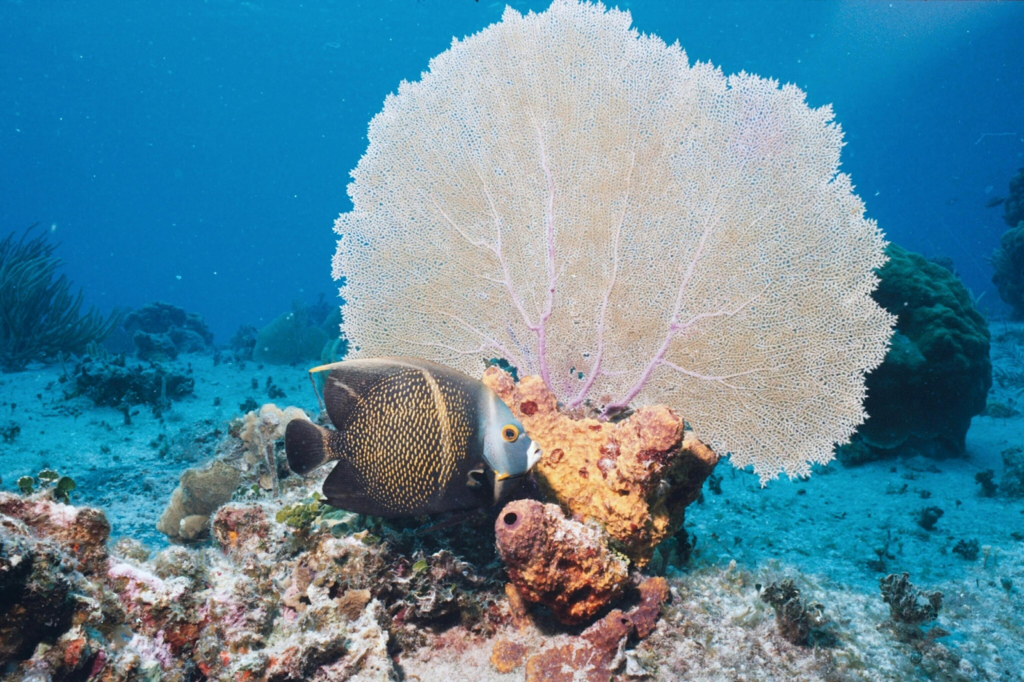
Pexels
One of the main challenges in addressing the strandings of deep-sea fish is the lack of effective protection for deep-sea ecosystems. These habitats are often overlooked in marine conservation efforts, despite their importance for the overall health of the ocean. Without proper protections in place, deep-sea fish are vulnerable to exploitation, habitat destruction, and environmental changes. As their natural habitats are degraded or destroyed, they are forced to move into unfamiliar areas, including shallow waters, where they become stranded. Increasing the protection of these ecosystems is crucial to preventing further disruption to deep-sea species and maintaining the balance of marine life.
10. Disruption of Food Chains
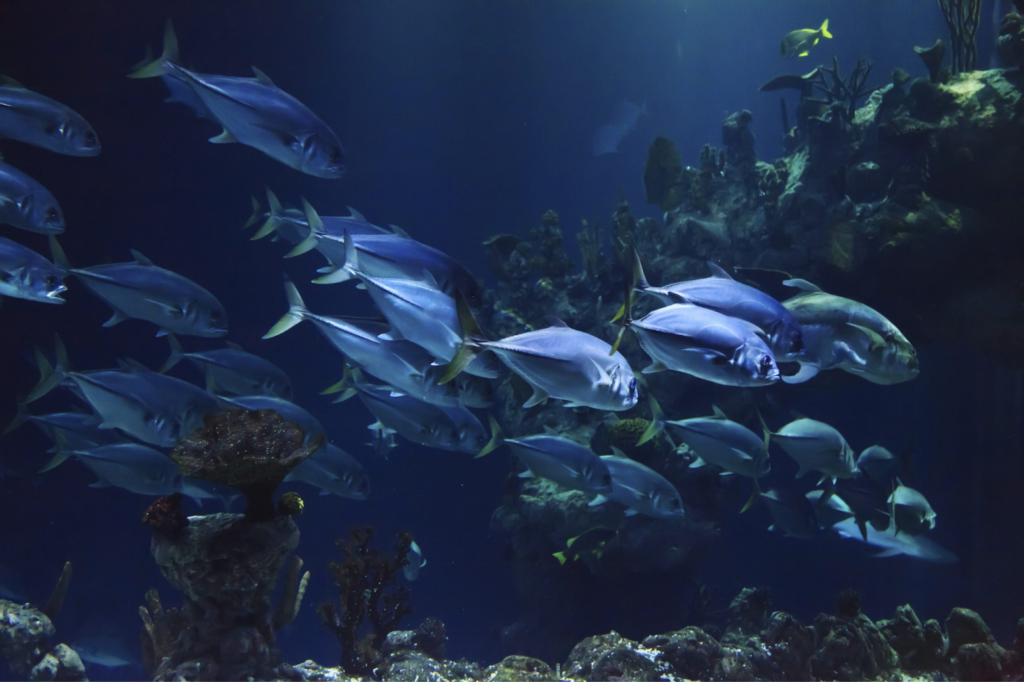
Rawpixel
A healthy marine food chain is essential for maintaining balance in ocean ecosystems. When key prey species are depleted or displaced due to overfishing, pollution, or other environmental changes, the entire food web is disrupted. Deep-sea fish, which rely on specific types of prey, may struggle to find food in their usual habitats, prompting them to move toward the coast in search of alternative sources. This migration brings them into unfamiliar environments, where they are more vulnerable to becoming stranded. Restoring balance to marine food chains is a key element in preventing the strandings of deep-sea fish and maintaining the health of ocean ecosystems.
11. Changes in Atmospheric Pressure

Pexels
Changes in atmospheric pressure are another factor that could contribute to the disorientation of deep-sea fish. Many marine species rely on stable atmospheric and water pressure conditions to navigate effectively. When there are sudden shifts in atmospheric pressure, such as those associated with storms or other weather phenomena, it can disrupt the behavior of deep-sea fish. This disorientation can lead them to swim into shallower, unfamiliar waters, increasing their chances of washing ashore. The role of atmospheric pressure changes in affecting marine life is a complex issue that requires further research to understand its full impact on deep-sea species.
12. Impact of Storms and Extreme Weather Events
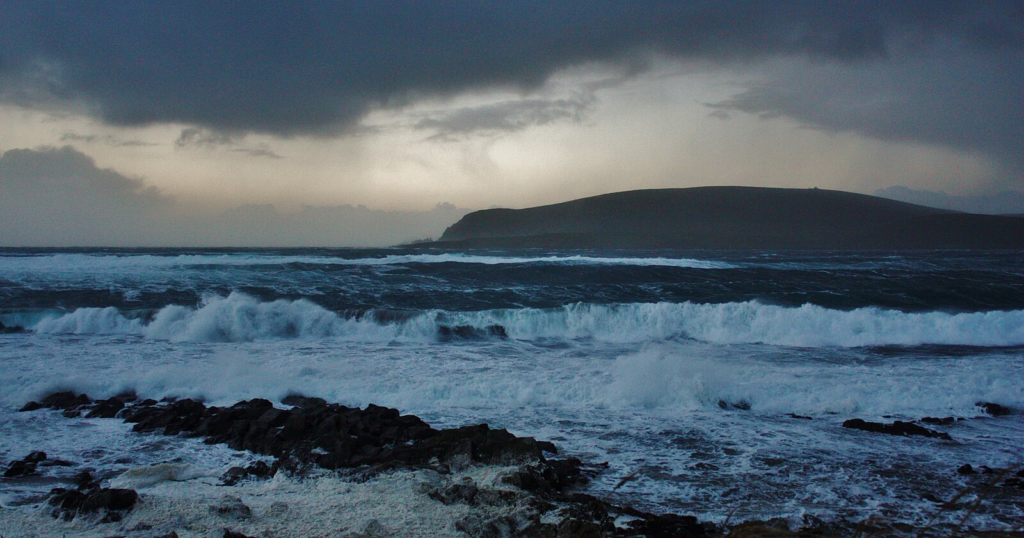
Wikimedia Commons
With the increasing frequency of extreme weather events due to climate change, marine ecosystems are facing unprecedented challenges. Strong storms and heavy weather systems can stir up ocean waters, displacing deep-sea fish from their natural habitats. As these fish are pushed into unfamiliar, shallow waters, they may become disoriented and end up stranded. The growing number of storms and other extreme weather events is contributing to the disturbance of marine ecosystems, forcing deep-sea species to adapt to changing conditions. The role of extreme weather in these strandings underscores the need for action to address the impacts of climate change on marine life.
13. The Role of Overfishing for Baitfish
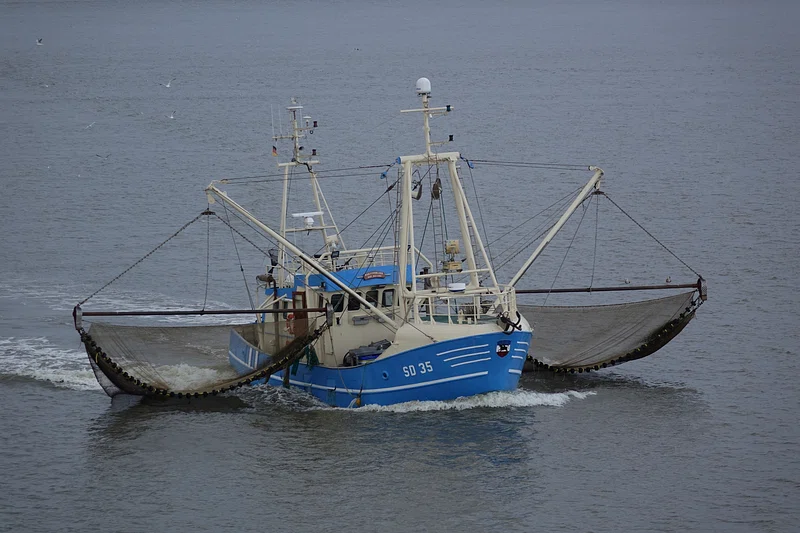
Rawpixel
Overfishing of small baitfish, a crucial food source for larger marine predators, is another key issue that could be influencing the strandings of deep-sea fish. As these smaller fish are depleted by commercial fisheries, larger predators may be forced to seek food elsewhere. Deep-sea fish, in particular, may find themselves in shallower waters looking for prey, thus increasing the likelihood of them washing ashore. The depletion of baitfish is a major concern for marine food chains, and its impact on the movement and behavior of deep-sea species must be addressed to prevent further strandings.
14. A Call for Further Research

Wikimedia Commons
Despite numerous theories, the exact cause of deep-sea fish strandings remains a mystery. Researchers continue to call for further investigation to understand the factors behind these occurrences. By examining changes in ocean temperature, current patterns, food availability, and atmospheric conditions, scientists hope to uncover the root causes of these strandings. Continued research is essential for developing strategies to protect deep-sea species and ensure the health of marine ecosystems in the face of climate change and human activity. Understanding these complex factors will help mitigate the risk of future strandings and safeguard marine life for generations to come.


